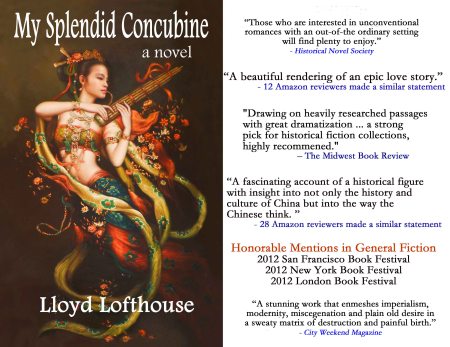Chinese history shows that since the time of Qin Shi Huangdi, China’s first emperor (221 – 207 B.C.), the standard practice in war was to execute POWs because they were a burden that might lead to defeat. An army that doesn’t have to feed and guard POWs is more effective at fighting and winning. Alexander the Great and Genghis Khan knew this fact too.
Some time ago I watched a documentary on the Korean War that mentioned that 87% of United Nations (U.N.) troops captured by the People’s Liberation Army or North Korean troops during the war died in captivity, but it doesn’t explain how they died.
In fact, while there was strong evidence that North Korean Troops executed U.N. POWs, the Chinese rarely executed prisoners like their North Korean counterparts did. Instead, mass starvation and diseases swept through the Chinese POW camps during the winter of 1950-51. “About 43 percent of all U.S. POWs died during this period.” The Chinese defended what happened because Chinese troops during this period also suffered mass starvation and diseases due to an incompetent logistics supply system. Even the civilian population behind the Communist lines didn’t have enough to eat. – wikipedia.org
Surviving U.N. POWs, however, have disagreed with this claim. Click on the previous link to see what the POWs had to say.
Even though the Wiki piece claims “both the Communists and United Nations forces were committed to the terms of the 1949 Geneva Conventions III, regarding the treatment of POWs,” China didn’t join the United Nations until October 25, 1971 — twenty years later, and North Korea wouldn’t become a member of the U.N. until September 1991.
The International Treaties on the Laws of War written in Geneva and the Hague in 1938 by the League of Nations was meant for the “Protection of Civilian Populations Against Bombing from the Air in Case of War,” but during World War II, the US Air Force killed hundreds of thousands of civilians in Germany and Japan. Many of the bombs dropped were napalm (jellied gasoline) and the innocent along with enemy troops were roasted alive and that included the elderly, women and children.
In addition, the Geneva Convention for the treatment of Prisoners of War was written in 1949, the same year the Chinese Communists won the Civil War in China, but the U.S. had been an ally of the Nationalist Chinese since well before World War II and protected Chiang Kai-shek’s Nationalists in Taiwan after 1949 in spite of the fact that Chiang Kai-shek was a brutal dictator who ruled Taiwan with martial law and was responsible for the killing of more than thirty-thousand civilians in 1947 in the 2/28 Massacre in Taiwan.
While the behavior of Chinese and North Korean troops when it came to POW’s was unacceptable by Western humanitarian written standards, US forces are just as guilty when it comes to killing innocent civilians. It is estimated that the US killed between 1.5 and 3.6 million people in Vietnam, Laos and Cambodia (note that the US bombings in Laos and Cambodia were illegal and were not approved by the U.S. Congress), and left behind a horrible legacy due to the use of Agent Orange.
“Not only did Nixon and Kissinger not seek the necessary approval from Congress to bomb Cambodia, (and Laos 1962-1969) they tried to conceal the bombing not only from the American public but Congress as well.” – Third World Traveler
In conclusion, written agreements seldom are practiced in war, and it is obvious these agreements do not save innocent lives. To learn more about the illegal US bombing in Laos, read National Geographic Magazine’s recent Life After the Bombs. “The total weight of the bombs dropped was many times greater than the weight of the people living in Laos, which at the time had a population of perhaps two million. It worked out to as much as a ton of bombs per person. … The bombs didn’t distinguish between communists and anticommunists any more than they distinguished between soldiers and children.”
______________________________
Lloyd Lofthouse is the award-winning author of My Splendid Concubine [3rd edition]. When you love a Chinese woman, you marry her family and culture too. This is the lusty love story Sir Robert Hart did not want the world to discover.
Subscribe to “iLook China”!
Sign up for an E-mail Subscription at the top of this page, or click on the “Following” tab in the WordPress toolbar at the top of the screen.




 Posted by Lloyd Lofthouse
Posted by Lloyd Lofthouse